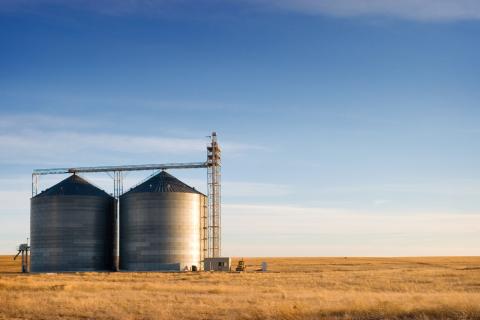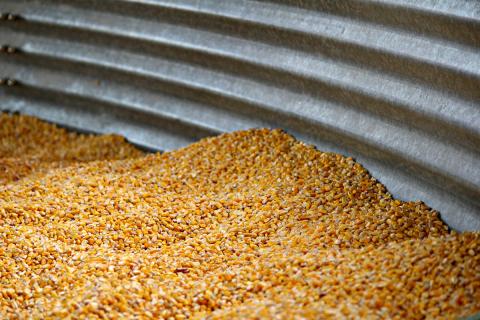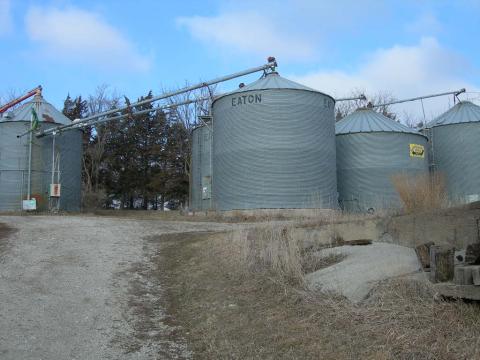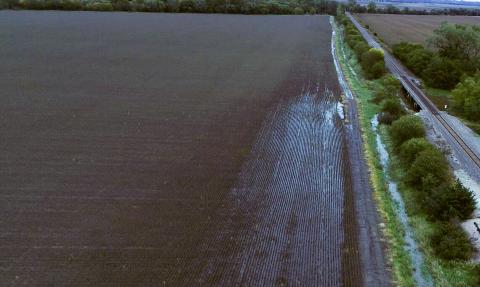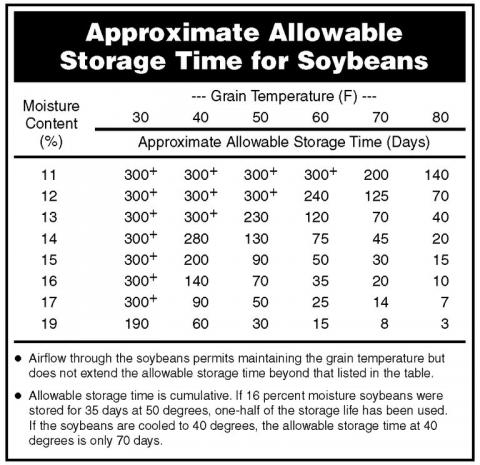Considerations When Conditioning Too-dry Soybeans
October 27, 2022
Insights on the process of conditioning low-moisture soybeans while avoiding damage to grain bins, with respect to cost-effectiveness.
Cooling Low-moisture Corn in Bins
October 25, 2022
With a higher prevalence of low-moisture corn this harvest season due to drought, Nebraska Extension shares recommendations on how to avoid additional moisture loss while cooling the grain.
Proper Spring Grain Drying and Storage Critical
April 7, 2020
As outdoor temperatures increase, stored grain requires attention to prevent losses, says Ken Hellevang, North Dakota State University Extension agricultural engineer and grain drying expert.
Soybean Drying, Storage Could Be Challenging
October 16, 2019
A challenging soybean harvest this fall is raising many storage and drying issues, including the potential for increased shatter losses, moisture variation, and storage losses. See these recommended drying times and temperatures for safer storage.
Drying and Storing Expected High-moisture Corn
October 10, 2019
The corn season started late in many areas and is likely to end early with this weekend's lows. How much dry down can you expect to occur in the field and what are the risks of waiting? These recommendations and an online corn dry down calculator from ISU may help with decision-making.
Proper Spring Grain Drying and Storage is Critical
March 14, 2019
The stored grain temperature increases in the spring not only due to an increase in outdoor temperatures, but also due to solar heat gain on the bin. Ken Hellevang, North Dakota State University Extension grain drying expert, outlines steps to maintain stored grain quality this spring.
NDSU Offers Advice on Drying Soybeans
October 12, 2018
Recent wet, rainy conditions are creating challenges for soybean producers wanting to dry and store this year's crop. NDSU Engineer Ken Hellevang offers advice for these conditions.
Better Soybean Storage Starts With Good Harvest Moisture
September 5, 2018
Storing soybeans at about 13% moisture can reduce mechanical damage and provide for a longer and higher quality storage. Here are some things to consider when storing soybeans.
